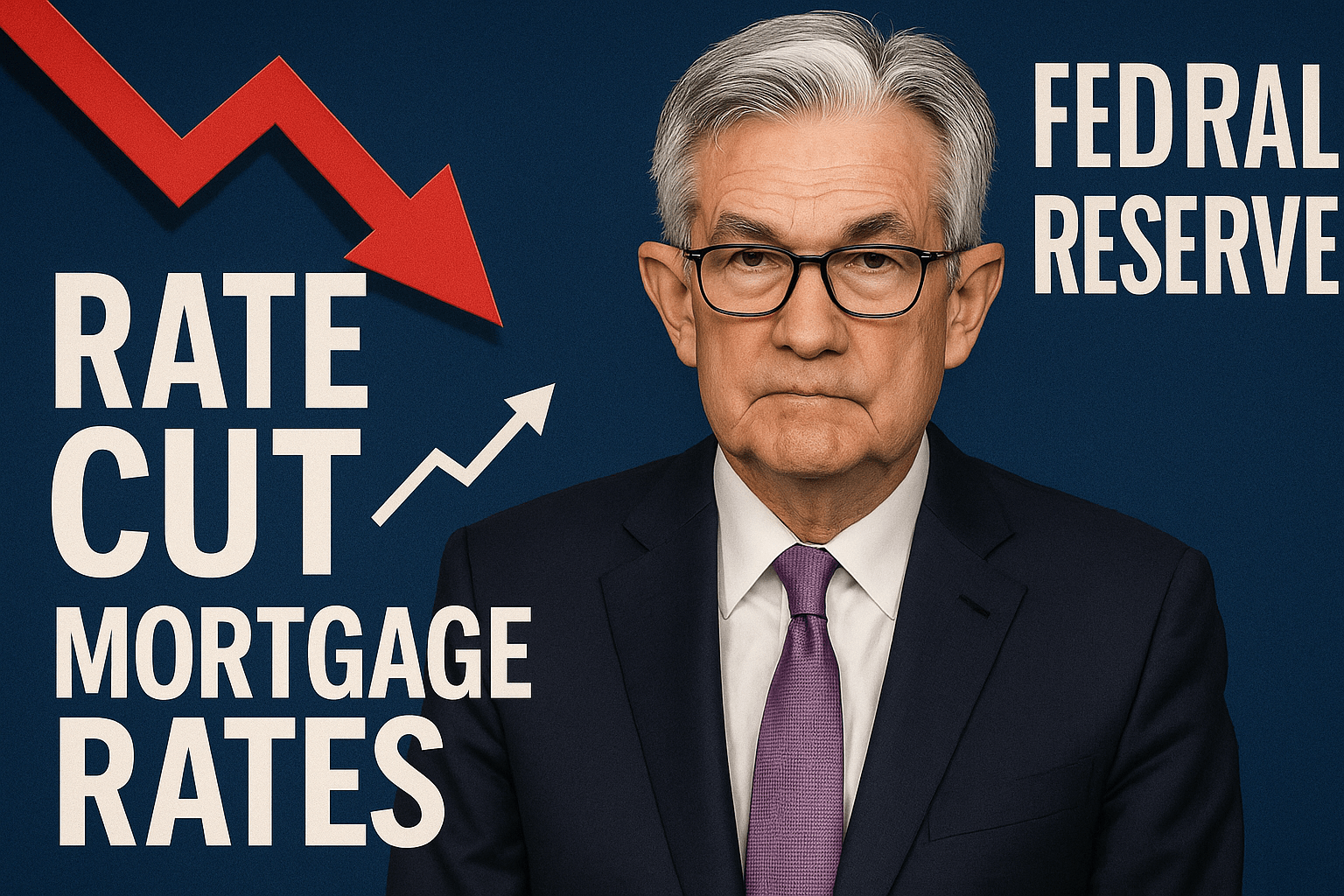Your cart is currently empty!
Fed Rate Decision & FOMC Meeting Guide: Times, Dot Plot, What It Means

Every Fed rate decision draws global attention because it sets the tone for borrowing costs, savings yields, and financial market risk appetite. The Federal Open Market Committee (FOMC) meets eight times a year to determine the target range for the federal funds rate, and their announcements can reshape the outlook for mortgages, business loans, and credit cards almost instantly. Beyond the decision itself, investors and households alike focus on the dot plot projections, the Chair’s press conference, and the wording of policy statements to gauge future moves. Whether the Fed hikes, holds, or cuts, understanding how these meetings function helps borrowers plan ahead and investors anticipate shifts across stocks, bonds, and currencies.
Each FOMC meeting culminates that shapes borrowing costs and market sentiment worldwide. This guide explains how meetings are structured, where to find the statement and dot plot, why press-conference language can be as important as the decision itself, and how to translate policy shifts into implications for mortgages, business loans, and investment portfolios.
What Is the Fed Funds Rate?
The Fed funds rate is the overnight rate at which depository institutions lend balances to each other. The FOMC sets a target range, and the New York Fed implements policy via tools like the interest on reserve balances (IORB) and open market operations. While consumers don’t borrow at the Fed funds rate directly, it anchors short-term money markets and influences bank prime rates.
FOMC Day: What to Watch and When
- Policy Statement: The official decision and guidance.
- Summary of Economic Projections & Dot Plot: Members’ forecasts for growth, inflation, unemployment, and the rate path.
- Press Conference: Q&A with the Chair can shift market interpretation.
Reading the Dot Plot
The dot plot visualizes each participant’s year-end projection for the policy rate. Markets compare the current median dot to prior meetings and to futures-implied paths. A higher path signals tighter policy expectations; a lower path implies easing. Importantly, dots are not a commitment; they’re conditional on evolving data.
Why Guidance Can Move Markets More Than the Move
When a hike, hold, or cut is widely expected, the statement wording and press-conference nuance often determine asset moves. Phrases about inflation persistence, labor slack, or balance-sheet runoff can tilt risk assets, Treasuries, and currencies within minutes. Traders also weigh how synchronized global central banks are to gauge dollar and yield-curve impacts.
Transmission to Mortgages, Loans, and Savings
| Instrument | Link to Fed Policy | Typical Speed | What to Expect |
|---|---|---|---|
| Credit Cards / HELOCs | Prime rate (tracks fed funds) | Fast | Adjust within days of decisions. |
| Auto Loans | Short-term credit conditions | Moderate | Competition & risk affect pass-through. |
| 30-Year Mortgage | MBS & 10-yr Treasury | Market-driven | Moves on inflation data and guidance. |
| Savings Yields | Money market rates | Fast | Online banks respond quickly; brick-and-mortar slower. |
Interpreting a “Cut,” “Hold,” or “Hike”
- Cut: Easier policy; bullish for bonds; can support risk assets if growth holds.
- Hold: Watch forward guidance and data dependence language.
- Hike: Tighter policy; may lift short yields and weigh on rate-sensitive sectors.
Practical Playbook for Households & Investors
- Mortgage shoppers: Monitor the 10-year Treasury into meeting week; lock if volatility spikes.
- Borrowers: Floating-rate debt (HELOC/credit cards) adjusts quickly; budget buffers help.
- Investors: Align duration with inflation trends; rate-sensitive sectors can pivot on guidance.
FAQs
Does a Fed cut guarantee lower mortgage rates? No. Mortgages price off MBS/Treasuries and expectations; cuts amid stress can widen spreads.
Where do I find the dot plot? In the Summary of Economic Projections accompanying select meetings.
Education only, not financial advice.

Mr. Rajeev Prakash
Rajeev is a well-known astrologer based in central India who has a deep understanding of both personal and mundane astrology. His team has been closely monitoring the movements of various global financial markets, including equities, precious metals, currency pairs, yields, and treasury bonds.
